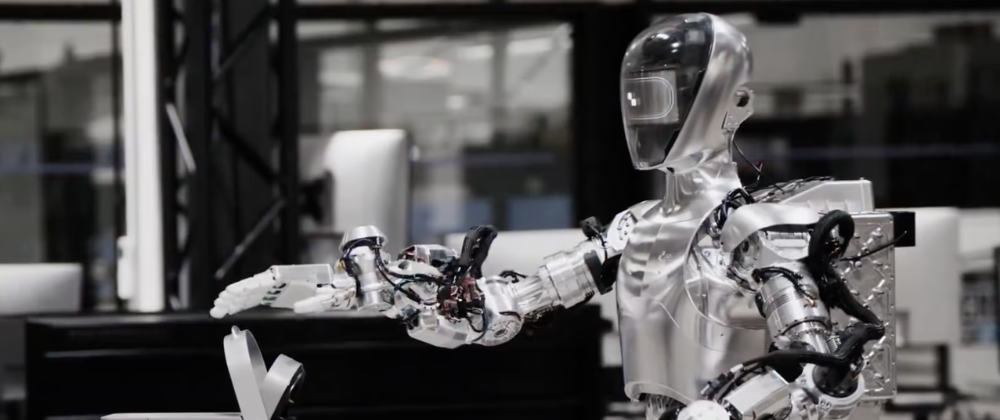While the development of advanced humanoid robots has captured the public's imagination, some experts have questioned whether these general-purpose robots are truly necessary or practical compared to more specialized task-oriented robots.
The Case Against Humanoid Robots
The primary argument made by skeptics is that humanoid robots, with their human-like form and versatility, may not be the most efficient solution for many real-world applications. Critics point out that traditional industrial robots or task-specific machines often outperform humanoid robots in terms of speed, precision, and cost-effectiveness for narrowly defined tasks.
For example, a floor-cleaning robot with a wheeled base and specialized cleaning attachments may be able to clean a room more thoroughly and efficiently than a humanoid robot with general manipulation capabilities. Similarly, a robot arm designed for assembly line work can often outperform a humanoid robot in terms of repeatability and payload capacity.
Advantages of Task-Specific Robots
Proponents of task-specific robots argue that these machines can be engineered to excel at their designated functions, without the added complexity and cost of replicating the full range of human capabilities. By focusing on optimizing a robot for a particular task, manufacturers can often achieve superior performance, reliability, and cost-effectiveness compared to a general-purpose humanoid platform.
Additionally, task-specific robots may be better suited for operating in environments designed for human use, as their specialized form factors can navigate spaces and interact with objects more seamlessly than a humanoid robot. This can be especially true in industrial or commercial settings where the infrastructure is tailored to human-scale equipment.
The Case for Humanoid Robots
On the other hand, advocates of humanoid robots argue that their versatility and ability to mimic human behavior make them valuable for a wide range of applications. By replicating the human form, humanoid robots can potentially perform a broader range of tasks, from assisting the elderly to working alongside humans in factories.
Proponents also suggest that as humanoid robots become more advanced, their capabilities may eventually surpass those of task-specific machines, particularly in unstructured environments or situations that require adaptability and problem-solving skills.
Balancing Specialization and Versatility
Ultimately, the debate over the need for humanoid robots is likely to continue as the technology evolves. While task-specific robots may currently offer advantages in certain applications, the potential for humanoid robots to become more capable, cost-effective, and widely applicable cannot be ignored.
As with many technological advancements, the optimal solution may lie in a balanced approach that leverages both specialized and general-purpose robots, depending on the specific requirements and constraints of each application. The future may see a coexistence of these two approaches, with humanoid robots complementing and enhancing the capabilities of more traditional task-oriented machines.






Top comments (0)